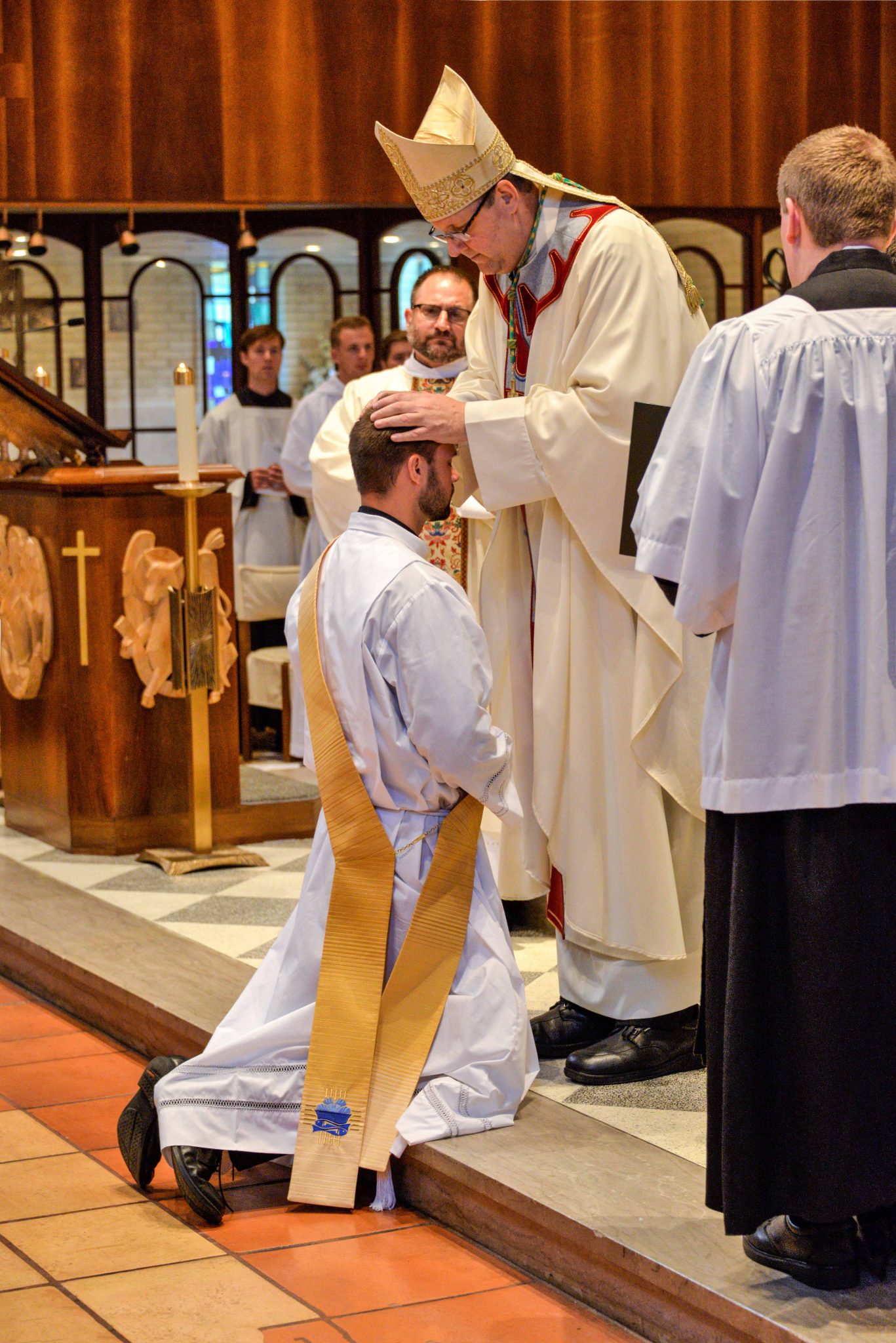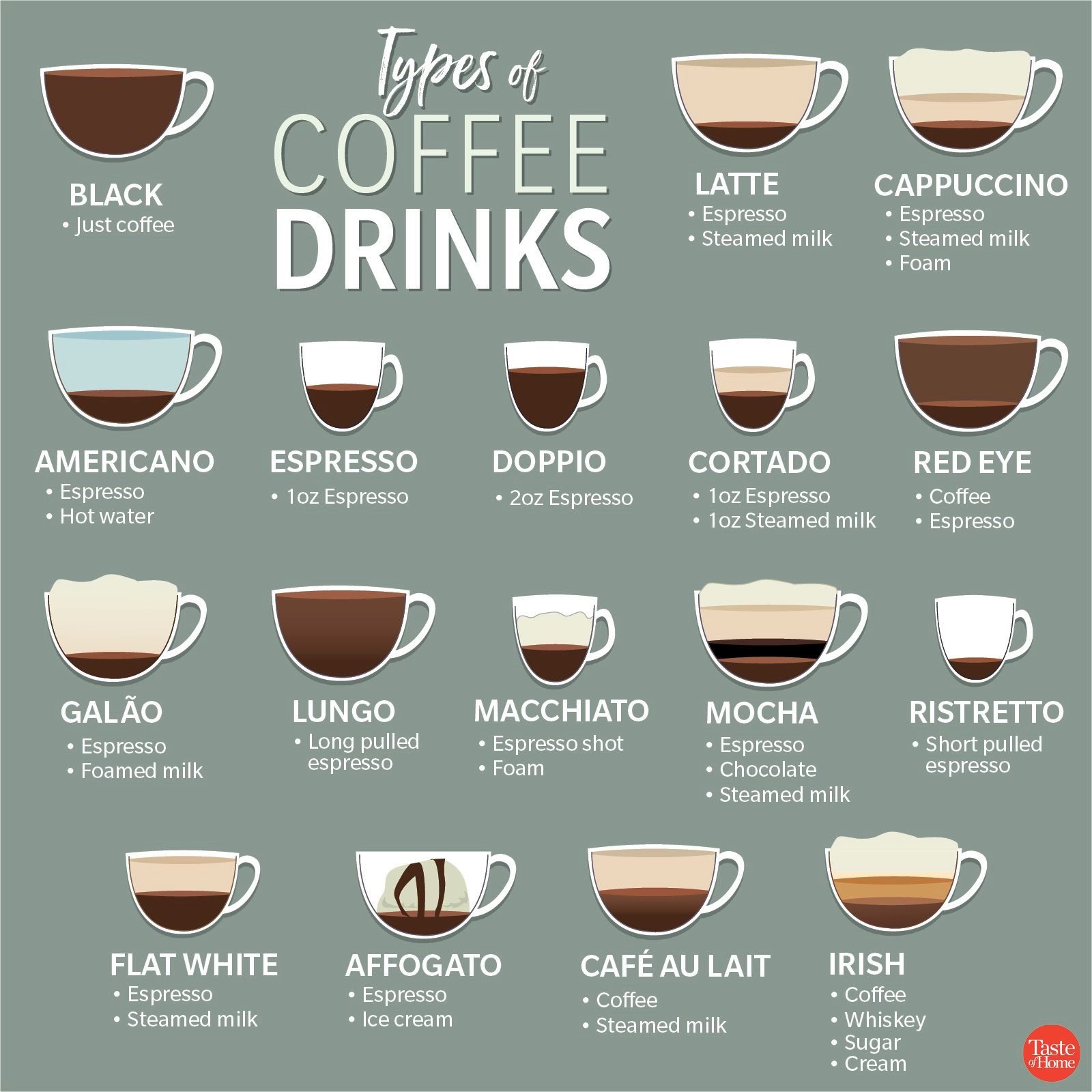Table of Content
You should ask for help from friends, family, neighbors, community health workers, etc. if you become sick. “It is also important that older adults and those at elevated risk of serious illness from COVID-19 take immediate steps to reduce their risk. This includes staying at home as much as possible and practicing social distancing,” said Governor Newsom.
This order focuses on preventing the spread of COVID-19 among the prison staff and inmate population by suspending intake for adult and juvenile detention facilities, and allowing videoconference to be used in-lieu of in-person parole hearings. It also builds upon N and makes further suspensions of Bagley-Keene Act and Brown. This Industry Advisory summarizes the impact of this Order on businesses holding alcoholic beverage licenses. Members of the same household are encouraged to maintain physical and mental health by safely going to a park, hike, walk or bike ride when safe to do so and socially distanced.
Infant and Child Health
"Californians heard the urgent message to stay home as much as possible and accepted that challenge to slow the surge and save lives," said Dr. Tomás Aragón, CDPH director and state public health officer. "Together, we changed our activities knowing our short-term sacrifices would lead to longer-term gains. COVID-19 is still here and still deadly, so our work is not over, but it's important to recognize our collective actions saved lives and we are turning a critical corner." Early last year, the state developed a system of color-coded tiers that dictated the level of restrictions on businesses and individuals based on virus conditions in each of California's 58 counties. Most counties will now go back to the most restrictive purple tier, which allows for outdoor dining, hair and nail salons to be open, and outdoor church services. The Health and Human Services Agency, in consultation with counties and labor organization and consumers, shall leverage existing services and programs to support home isolation of vulnerable Californians, including seniors and those with serious chronic underlying health conditions.
SACRAMENTO – Governor Gavin Newsom today took action to lift pandemic executive orders as the state movesBeyond the Blueprintnext week to fully, safely reopen. That includes terminating the Stay-at-Home Order that was implemented early in the pandemic to protect Californians and retiring the Blueprint for a Safer Economy. Effective June 15, restrictions such as physical distancing, capacity limits and the county tier system will end. Nearly all the counties exiting the Regional Stay at Home Order today are in the Purple or widespread tier. Services and activities, such as outdoor dining and personal services, may resume immediately with required modifications, subject to any additional restrictions required by local jurisdictions.
California Department of Public Health
One county supervisor in Los Angeles, home to 10 million people, expressed support for opening more businesses in the country. Republican Supervisor Kathryn Barger said the state must balance public health with "devastating social, emotional and economic impacts of this virus." On Monday, the state pulled an emergency brake in theBlueprint for a Safer Economyputting more than 94 percent of California’s population in the most restrictive tier.
The Regional Stay at Home Order would be in effect for 3 weeks after the trigger and instructs Californians to stay at home as much as possible to limit the mixing with other households that can lead to COVID-19 spread. It allows access to critical services and allows outdoor activities to preserve Californians’ physical and mental health. This limited closure will help stop the surge and prevent overwhelming regional ICU capacity. Licensed businesses may continue to sell alcoholic beverages and meals for off-premises consumption by way of pick-up or delivery during the specified hours, in the same manner as detailed in prior guidance and Industry Advisories. However, licensees should ensure that customers are not using these services to congregate on or adjacent to their licensed premises.
COVID Order: Bay Area Stay-At-Home Order Remains For Now; Post-Holiday Surge May Be Less Severe
According to the state COVID-19 website, as of Tuesday, both the San Joaquin Valley and Southern California hospital regions remained at zero percent ICU capacity. The Bay Area region's ICU capacity had risen several points from only 0.7% to 4.7%, while the Greater Sacramento region was at 9.4%. The Northern California hospital region was still above 15%, but had dropped to its lowest point yet at 17.6%. Broadly it applies work hours exemptions (laid out in N-25-20) to local governments, suspends local ordinances that interfere with essential activities, further clarifies and expand Brown Act exemptions, and extends deadlines and relaxes requirements for a number of statues. The Governor is also continuing the wind down of executive actions put in place since March 2020 to help facilitate a coordinated response to the pandemic and ensure the state could quickly and efficiently respond to the impacts of the pandemic.

The county-by-county tier system uses various metrics to determine the risk of community transmission and apply a color code - purple, red, orange or yellow - which correspond to widespread, substantial, moderate and minimal, respectively. The decision comes with improving trends in the rate of infections, hospitalizations and intensive care unit capacity as well as vaccinations. See the Center for Disease Control and Prevention’s guidance regarding the prevention of disease in homes and residential communities. You may need to ask for help from friends, family, neighbors, community health workers, etc. if you become sick. Have supplies on handContact your healthcare provider to ask about obtaining extra necessary medications to have on hand.
Our 58 Counties
The huge Southern California region, the most populous, remains at zero ICU capacity. "We are in a position, projecting four weeks forward, with a significant decline in the case rates, positivity rates, we are anticipating decline still more decline in hospitalizations and more declines in ICUs and that's why we are lifting that stay-at-home order effective immediately today," he said. Late last week, the stateissued a travel advisory, along with Oregon and Washington, urging people entering the state or returning home from travel outside the state to self-quarantine to slow the spread of the virus.

The state will reassess data continuously and move more counties back into a more restrictive tier, if necessary. California is also strengthening itsface covering guidanceto require individuals to wear a mask whenever outside their home, with limited exceptions. This limited Stay at Home Order is designed to reduce opportunities for disease transmission. For routine medical care, contact your health care provider to discuss rescheduling. On Monday, Governor Gavin Newsom indicated the stay-at-home orders would likely remain in place in the Bay Area, Greater Sacramento, San Joaquin Valley and Southern California regions.
Regions will remain in the Regional Stay at Home Order status for at least three weeks once triggered. Counties are eligible to come off the Regional Stay at Home Order after three weeks if their hospital ICU capacity projected four weeks out reaches 15 percent. Counties will return to the Blueprint for a Safer Economy tier determined by their case rate and test positivity after they are eligible to exit the Regional Stay at Home Order. Continue with outdoor activities.As long as you practice social distancing, we encourage you to continue your outdoor activities such as walks, runs and yardwork, to the extent your health allows it.
Failure to comply with this and other public health orders issued by CDPH may result in disciplinary action against the ABC license. Licensees should refer to the Blueprint and the Order for further information. Please consult with your local Department of Public Health to determine if more restrictive directives exist in your area. Today the California Department of Public Health released anew state public health officer orderthat goes into effect on June 15. The action supports the full and safe reopening of the state, while maintaining focused public health requirements that address the risk posed by variants as some regions across the nation and world continue to experience high levels of transmission. "California is slowly starting to emerge from the most dangerous surge of this pandemic yet, which is the light at the end of the tunnel we've been hoping for," said California Health and Human Services Secretary Dr. Mark Ghaly.
The state must focus on protecting the health and safety of the most vulnerable in licensed facilities. Ghaly said for now, the orders would remain but that health officials were still running the numbers on ICU projections for all the regions and there could be updates later Tuesday or by Wednesday. Because case rates remain high across most of the state, the state's Hospital Surge Order remains in place to prevent hospitals from becoming overwhelmed. The Limited Stay at Home Order, which limits non-essential activities between the hours of 10 p.m. California deployed more than 4,100 medical professionals to facilities across the state to ease the burden on frontline health care workers.








